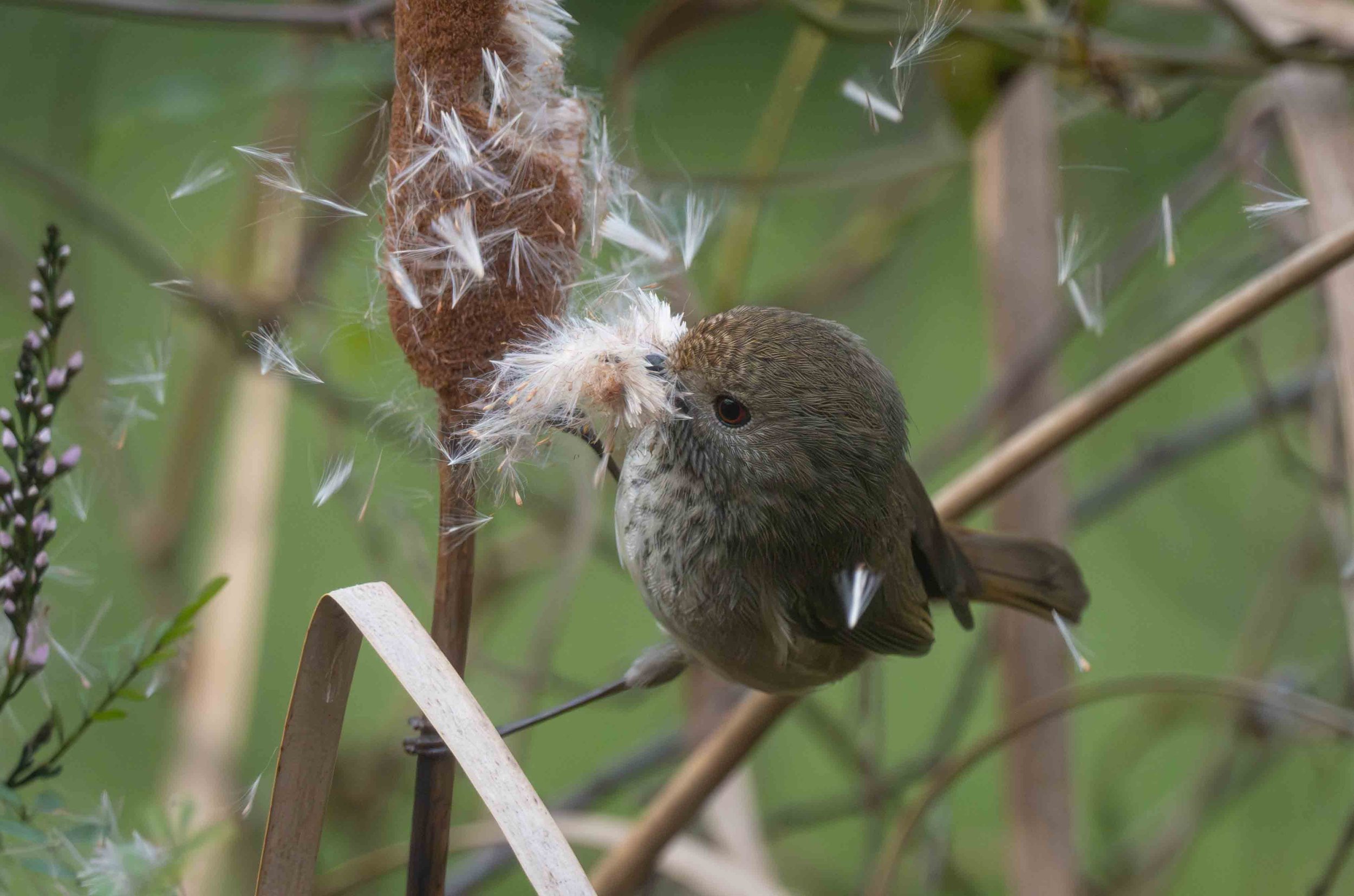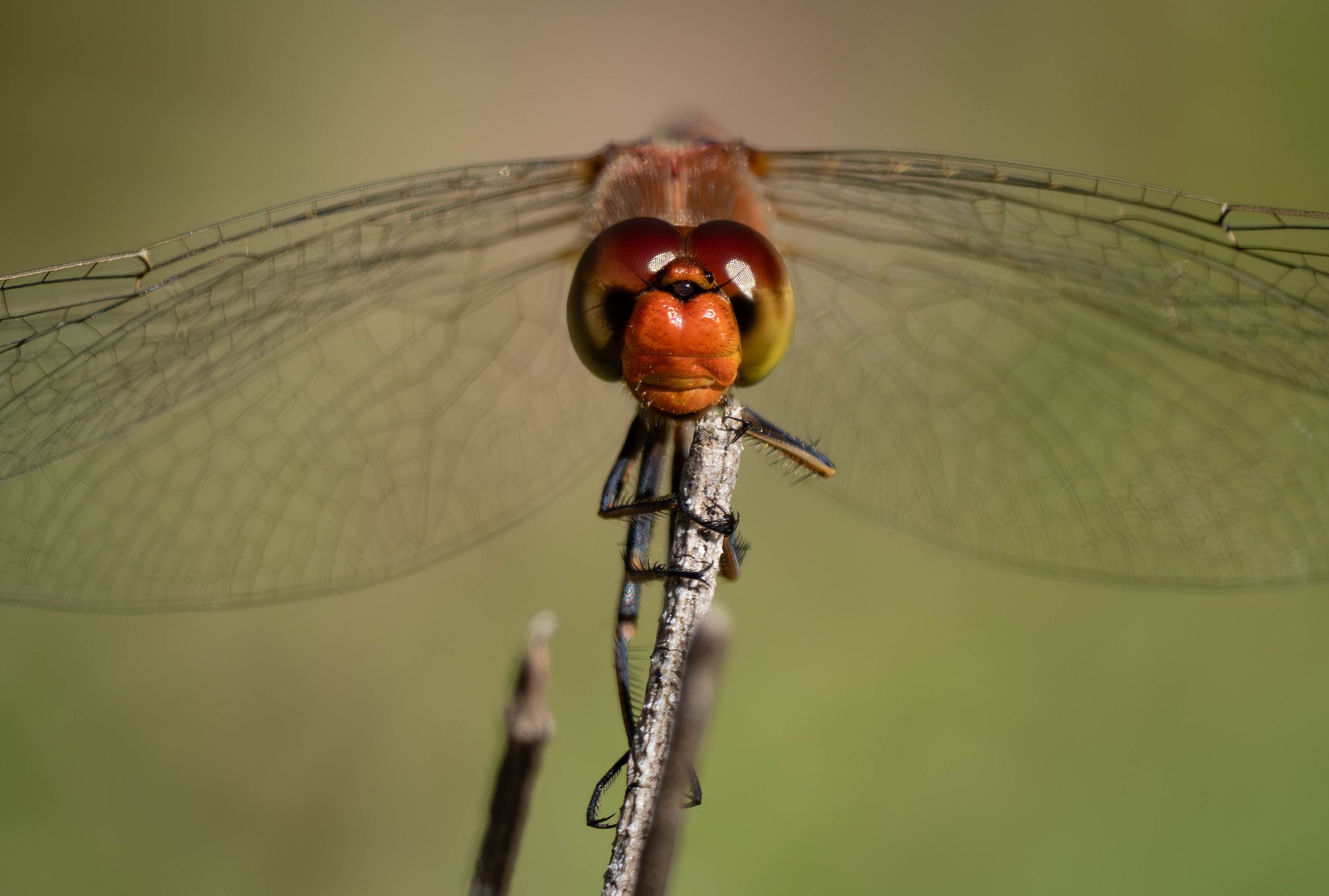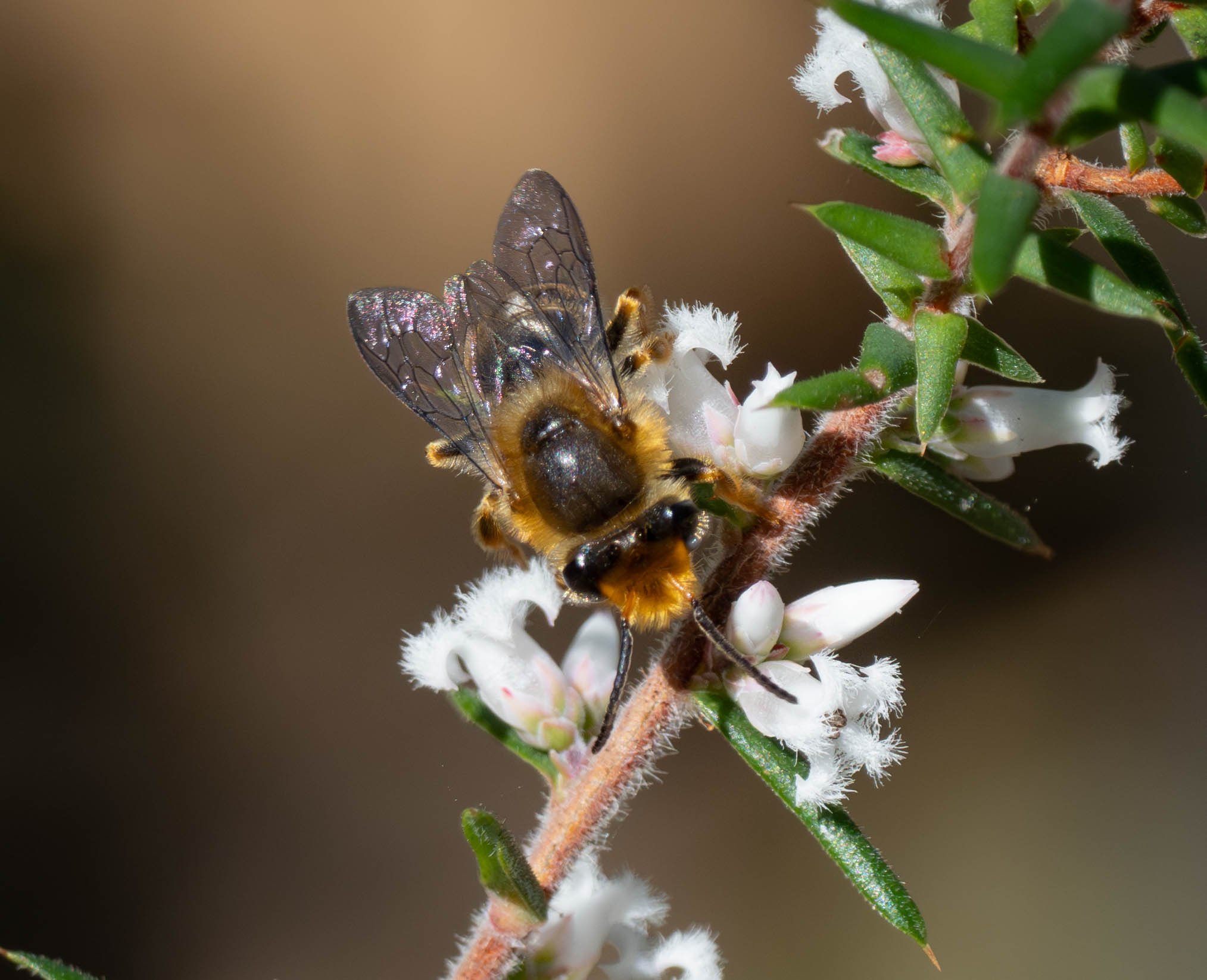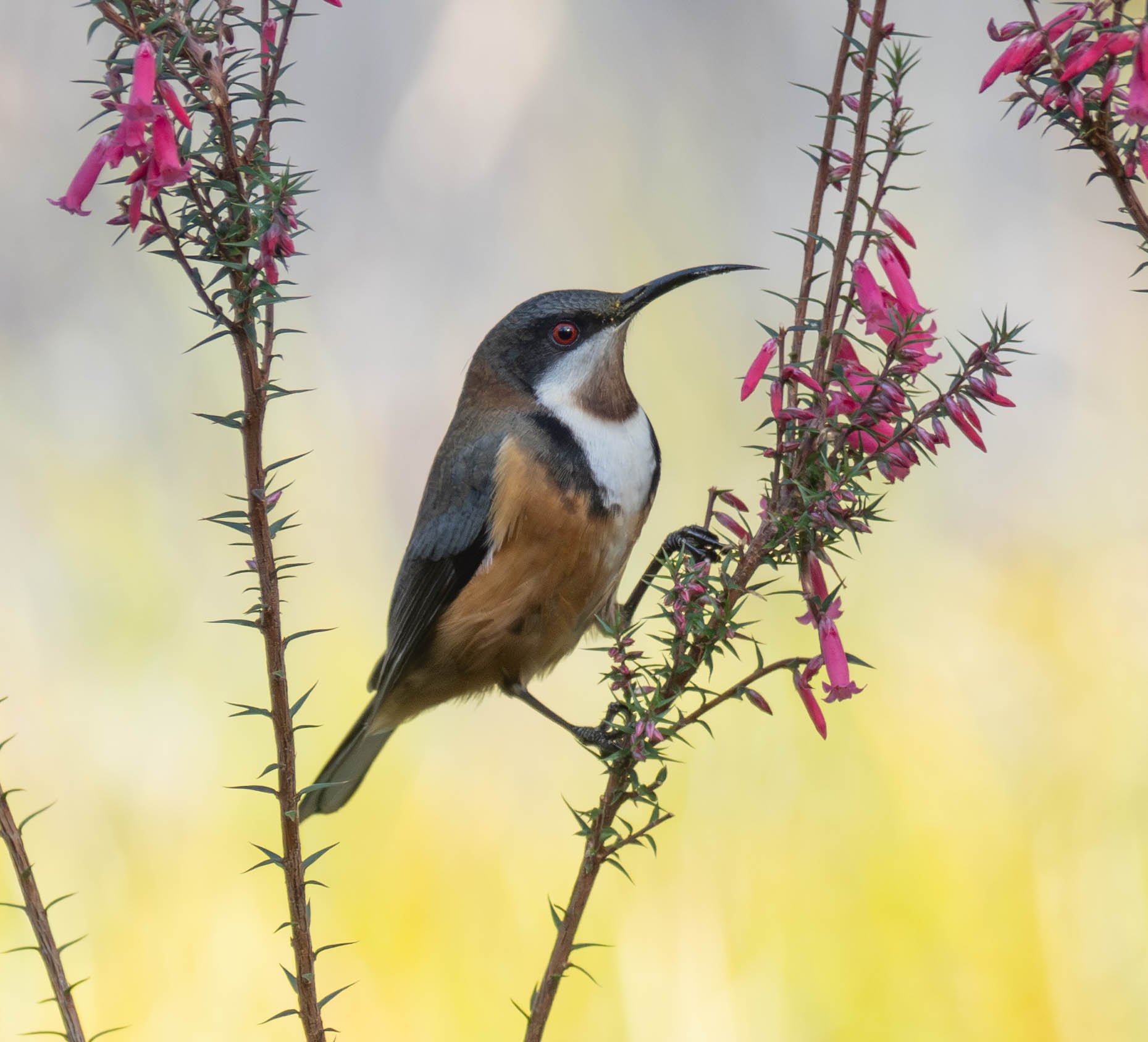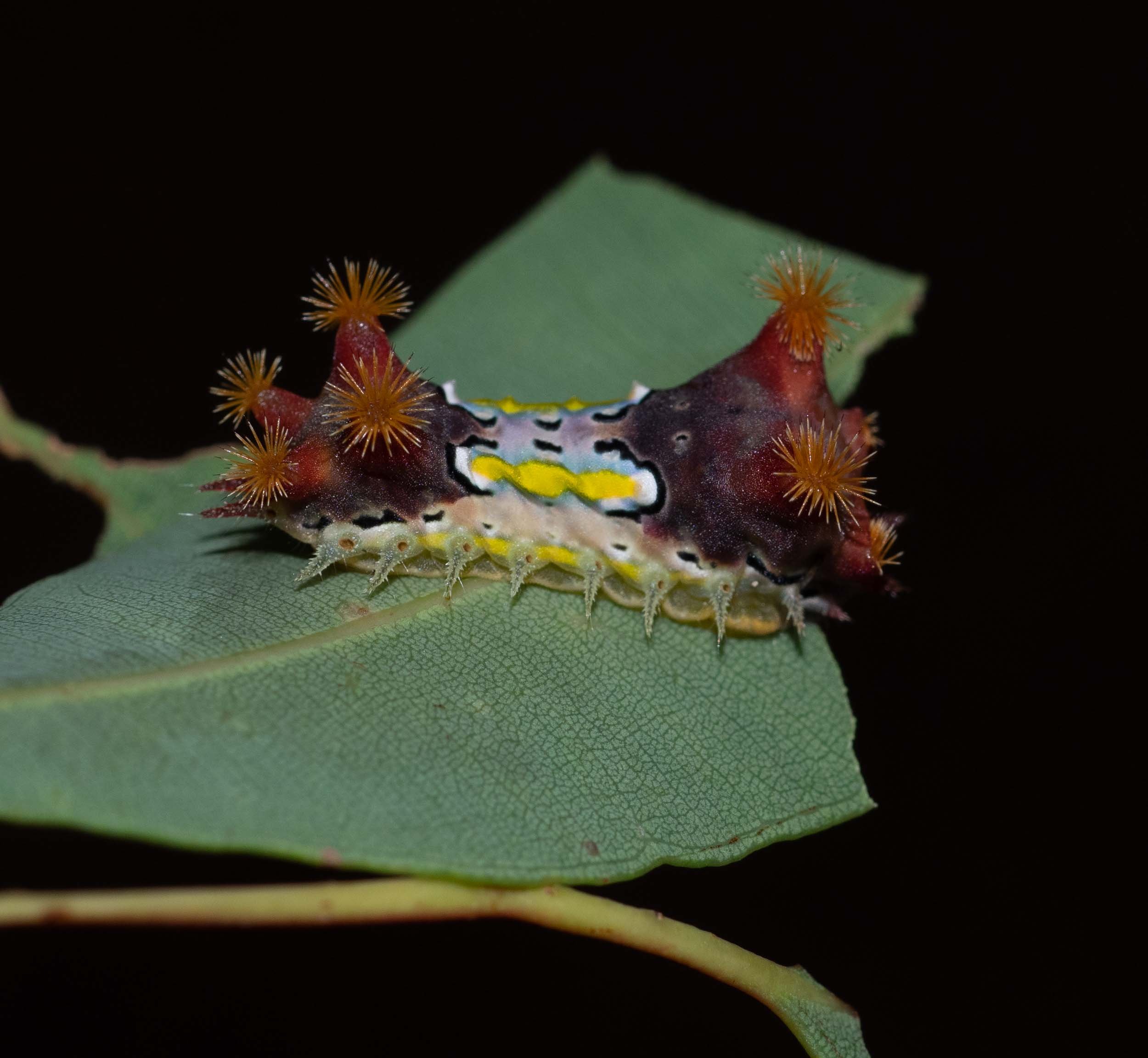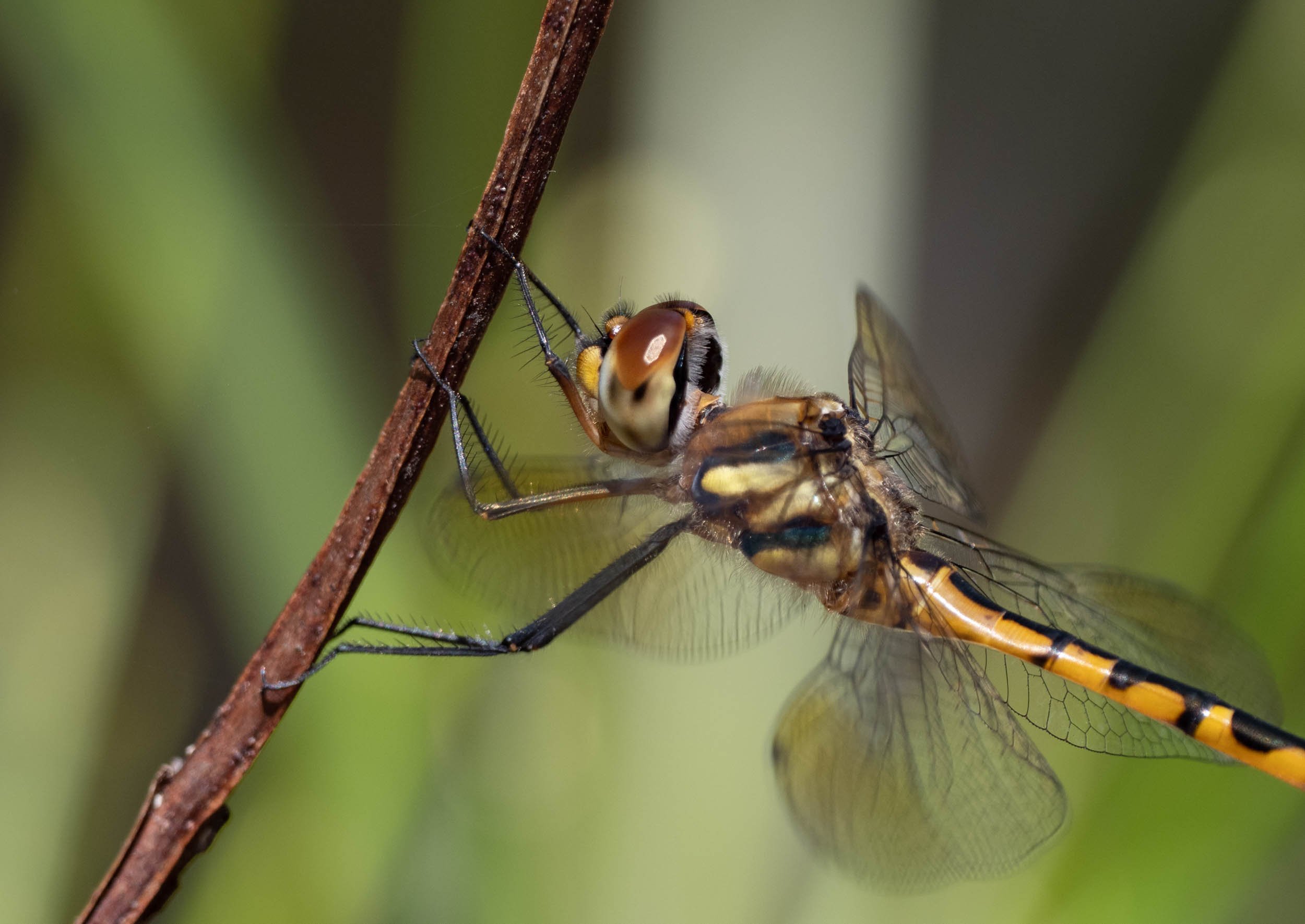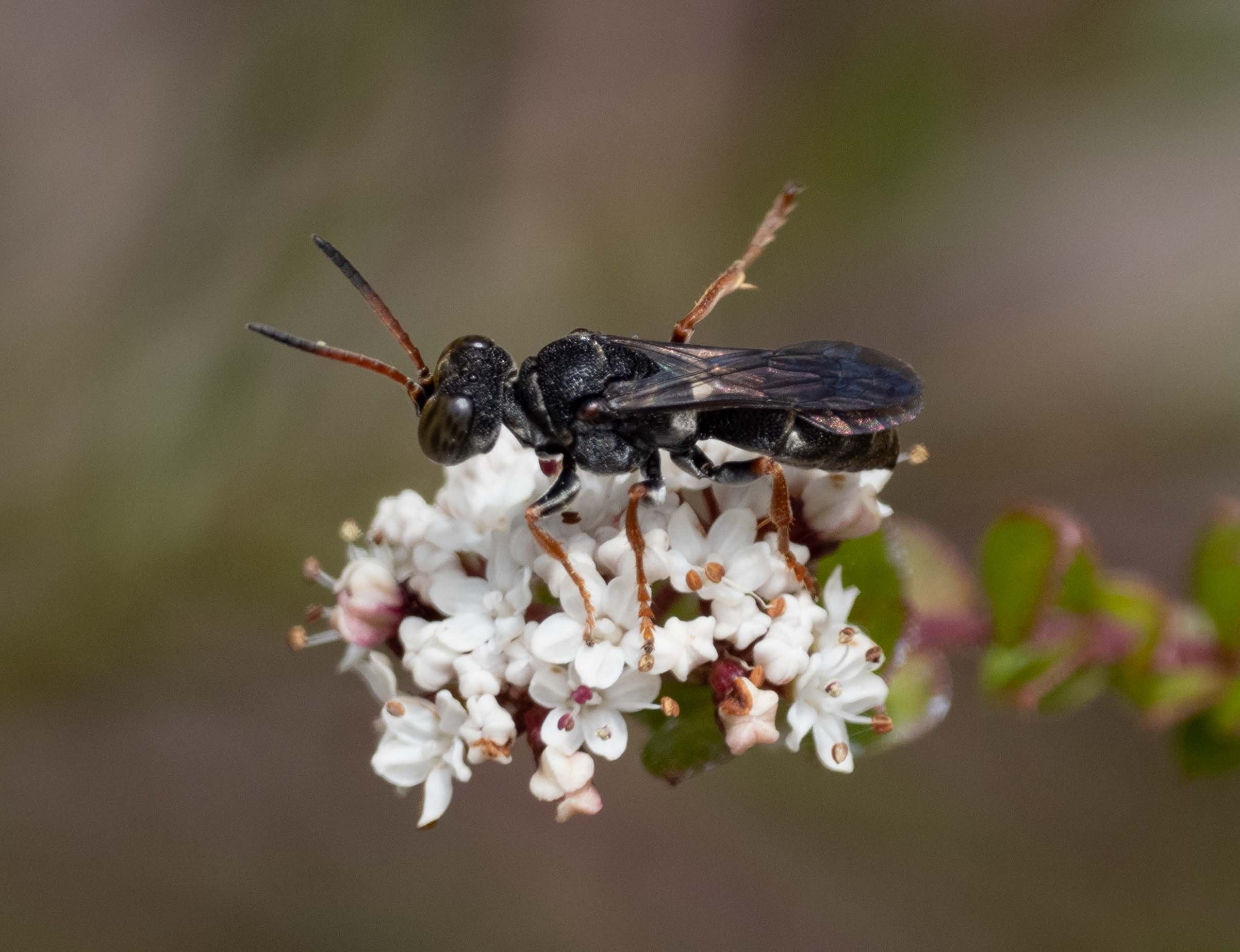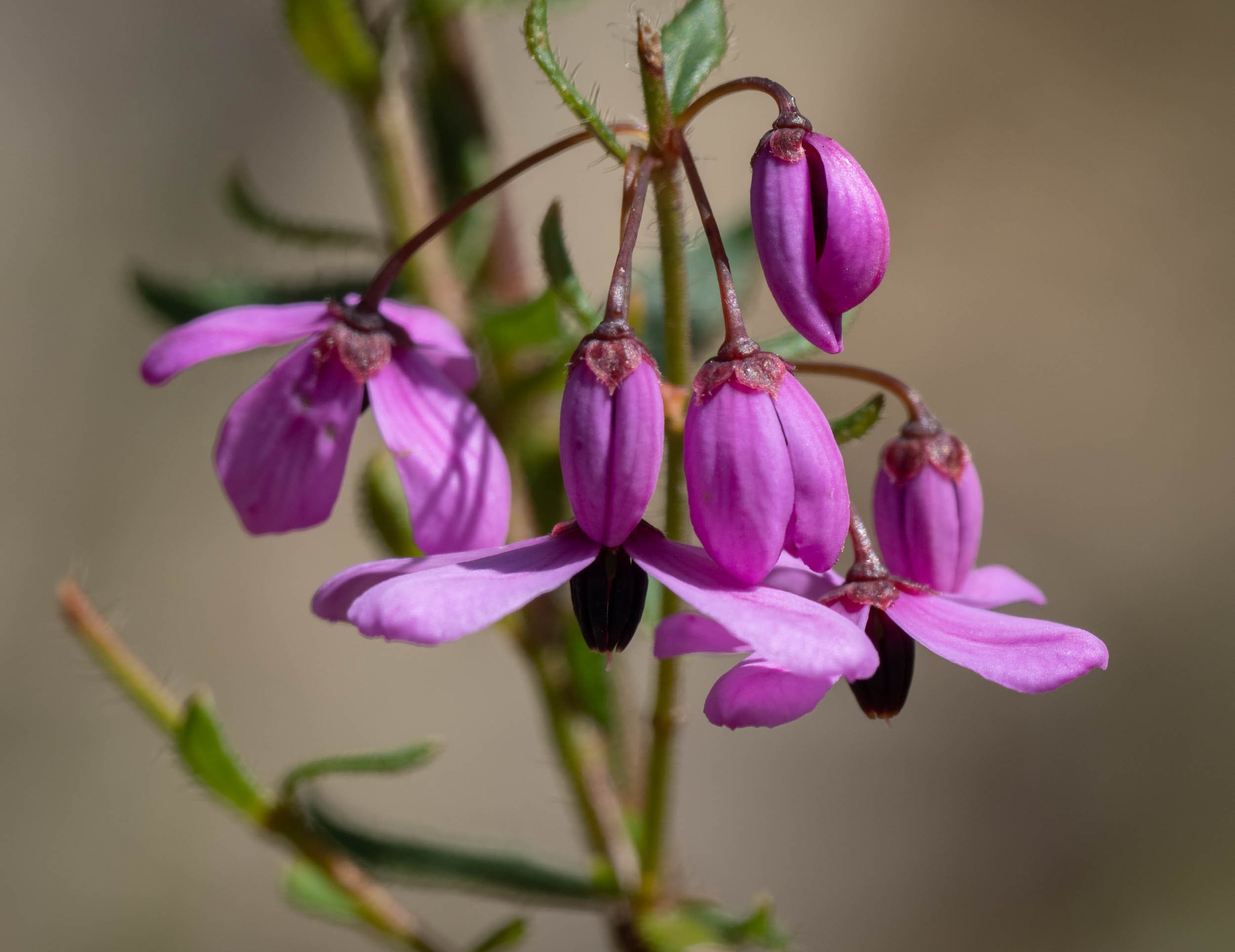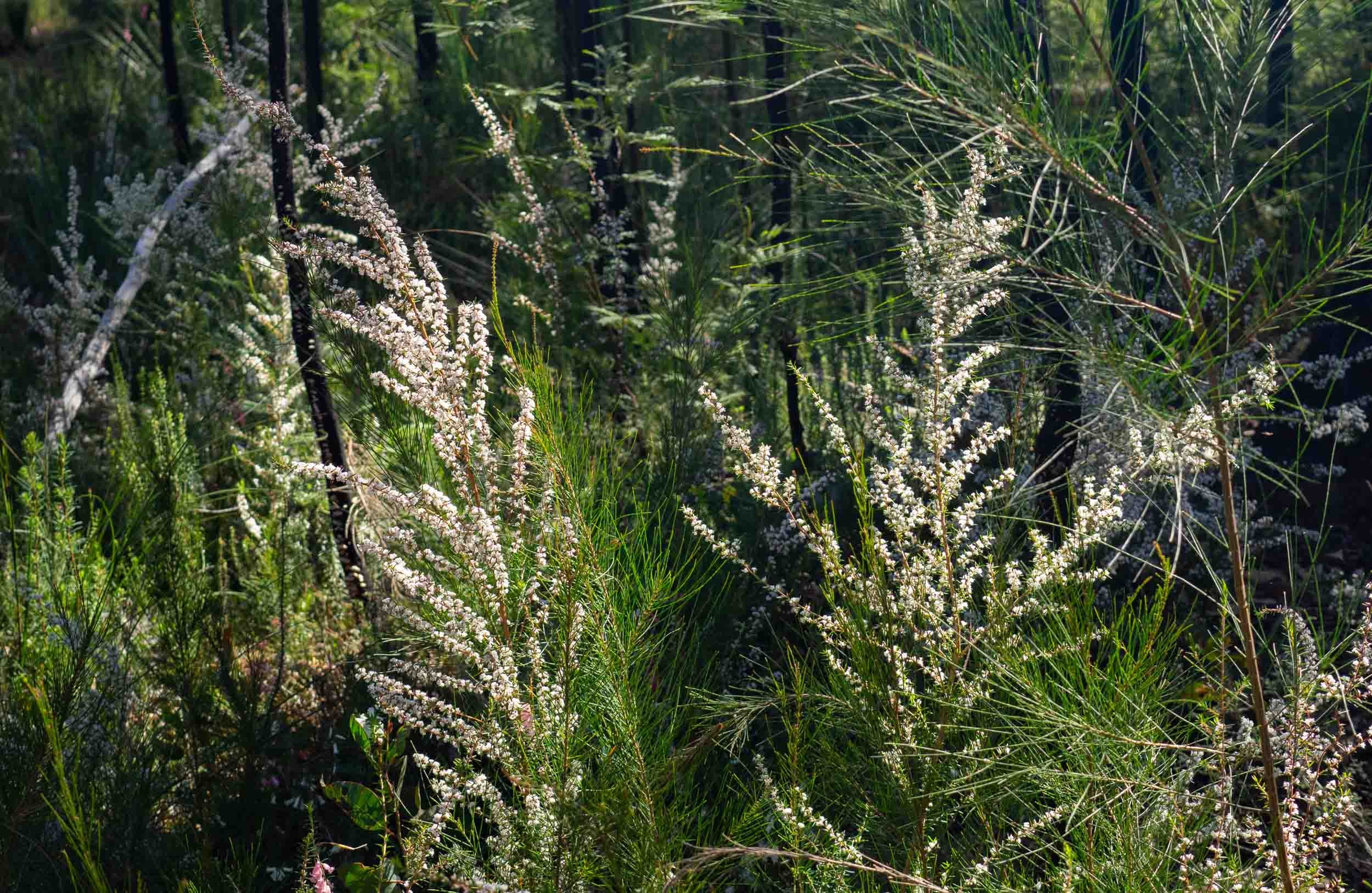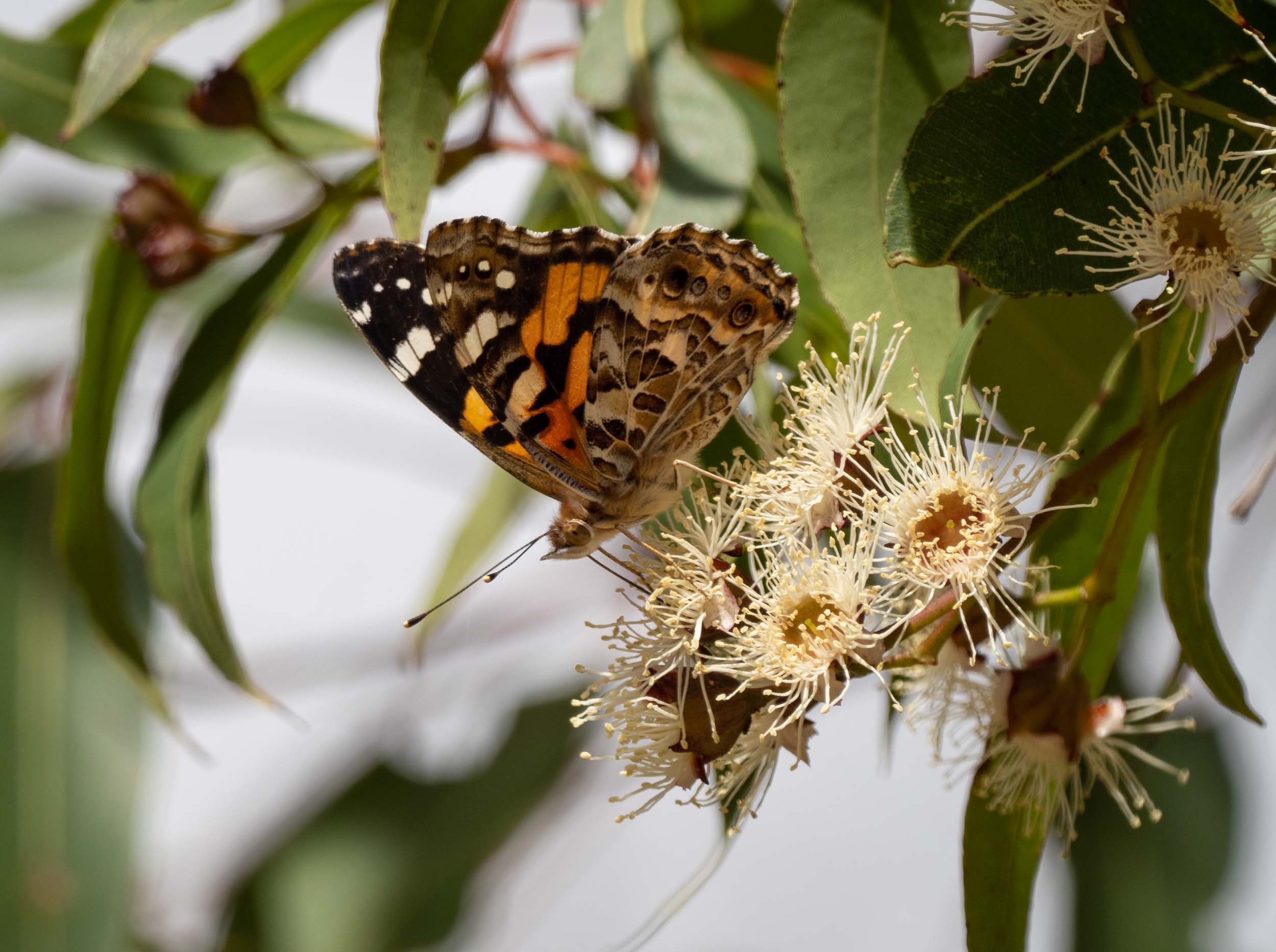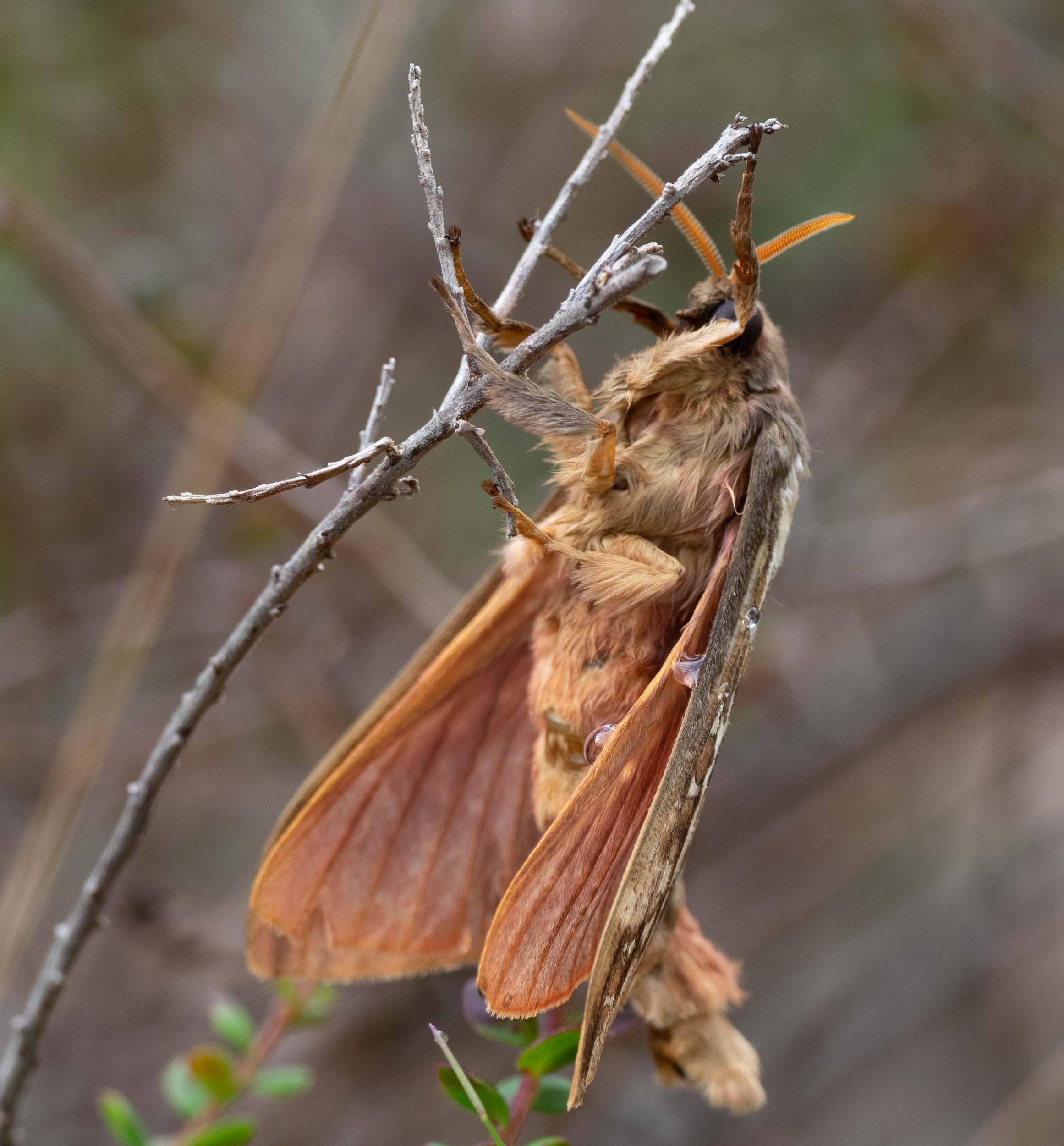
With the start of Winter, life in the forest shifts into low gear. The photos below provide a glimpse, including a hint as to our current preoccupations.
There are few insects on the move, and birds are either frantically searching for a feed, or they are not to be seen at all. In fact, it's not uncommon to wander the forest for an hour and hardly see a bird, even during the warmest part of the day.
Rain during May revitalised the bush. Epacris and Correa are adding splashes or colour, and food for the Eastern Spinebills.
The ground never dries now. It is wet from the rain, and then the heavy condensation doesn't evaporate in the shade of the forest.
This is the perfect time of year for mushrooms! So, with few insects to play with, we've decided to tackle fungi ID. It's a question of: colour; size & shape; smell; what it grows on (some grow on poo!); and, finally, the spores.
No shortage of challenges ahead!
From August into early September: the forest comes to life with a burst of flowering, the emergence of insects and reptiles, and the breeding frenzy of birds.
The seasonal transformation begins in August, and with each passing week we welcome arrivals. Here is a compilation of my favourite sightings from the past two months.
A look at some of the activity in the forest and its adjacent river in the cooler months of the year.
As autumn draws to a close, we look at the changes this season has brought to a wide range of organisms in the forest - the completion of some life cycles, the beginning of others.
December through February: the hunters, the flies, familiar faces and several exciting firsts for our home list
In just two short weeks life in the forest has transformed. Flowers are blooming everywhere, insects are reappearing en masse.
A photographic tour through October and the first days of November, with our predictable bias toward the invertebrates.




































